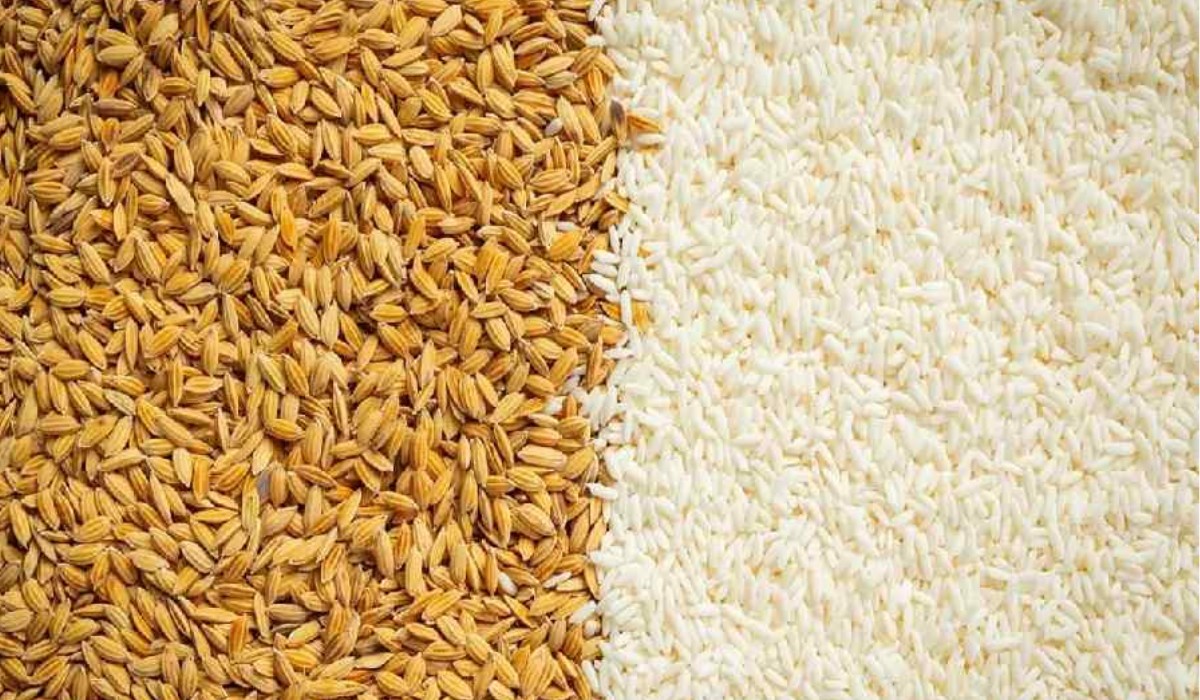Wheat and rice are two staple grains that form the foundation of diets around the world. Both are rich sources of energy and provide essential nutrients to support overall health. However, when it comes to determining which is healthier, various factors need to be considered. In this article, we’ll explore the health benefits and nutritional differences between wheat and rice to help you make informed dietary choices.
Nutritional Content:
Wheat: Wheat is a good source of carbohydrates, fiber, protein, vitamins, and minerals. It contains complex carbohydrates that provide sustained energy and promote digestive health. Whole wheat is particularly rich in fiber, which aids in digestion, helps maintain a healthy weight, and reduces the risk of chronic diseases such as heart disease and type 2 diabetes. Additionally, wheat is a good source of B vitamins, including niacin, thiamine, and folate, as well as minerals like iron, magnesium, and zinc.
Rice: Like wheat, rice is primarily composed of carbohydrates and provides energy to fuel the body. However, rice is lower in fiber compared to wheat, especially when refined. Brown rice, which retains the bran and germ layers, is a better source of fiber and nutrients compared to white rice. It contains vitamins and minerals such as B vitamins, manganese, and selenium, although in smaller quantities compared to wheat.
Also Read: The Easiest Programming Language to Learn: A Beginner’s Guide
Health Benefits:
Wheat: Incorporating whole wheat into your diet has been linked to various health benefits. The fiber in whole wheat promotes digestive health by preventing constipation and supporting regular bowel movements. It also helps control blood sugar levels, which is beneficial for individuals with diabetes or those at risk of developing the condition. Whole wheat consumption has also been associated with a reduced risk of heart disease, stroke, and certain types of cancer.
Rice: While rice may not be as rich in nutrients and fiber as whole wheat, it still offers health benefits. Brown rice, in particular, contains antioxidants and phytonutrients that help protect against chronic diseases and support overall well-being. Additionally, rice is gluten-free, making it suitable for individuals with gluten sensitivities or celiac disease. It is also easily digestible, making it a gentle option for individuals with digestive issues.
Considerations:
When comparing wheat and rice, it’s essential to consider individual dietary needs, preferences, and health goals. Both grains can be part of a healthy diet when consumed in moderation and as part of a balanced meal plan. Opting for whole wheat and brown rice over refined varieties can maximize their nutritional benefits.
In conclusion, both wheat and rice offer unique health benefits and can be valuable additions to a healthy diet. Incorporating a variety of whole grains into your meals ensures that you receive a diverse range of nutrients and promotes overall well-being.
Ultimately, the choice between wheat and rice depends on personal preferences, cultural influences, and dietary requirements. By understanding the nutritional differences between these grains, you can make informed choices to support your health and well-being.
Also Read: मस्क से छिना दुनिया के सबसे अमीर व्यक्ति का ताज, अब जेफ बेजोस पहले नंबर पर











